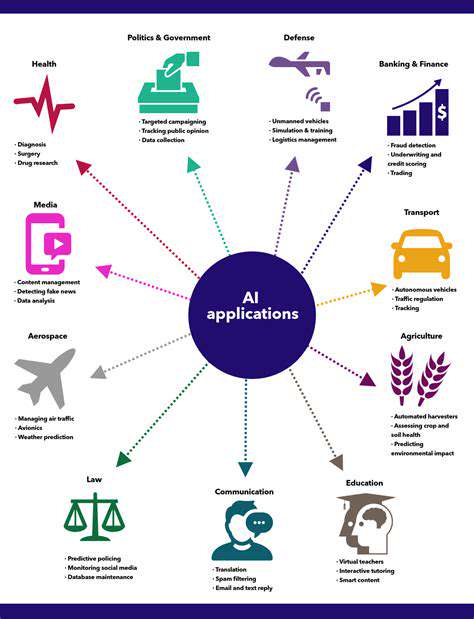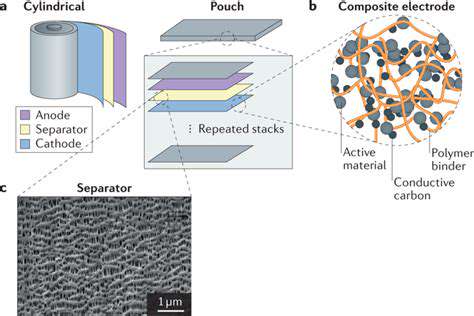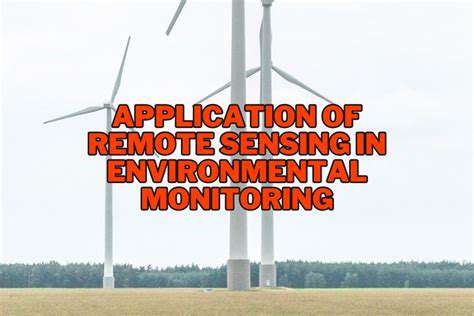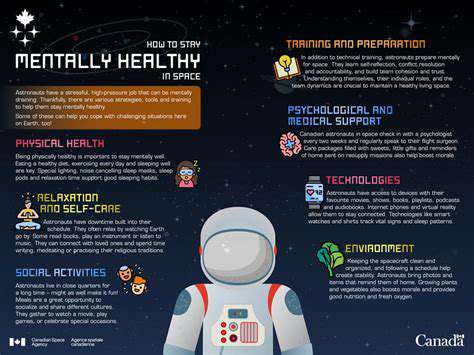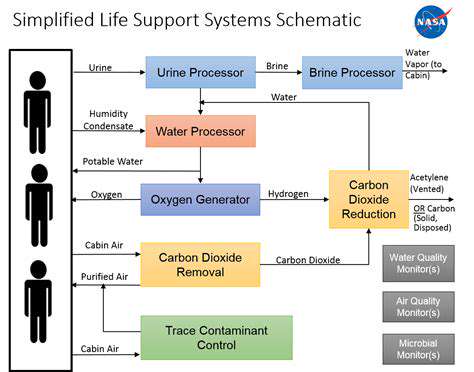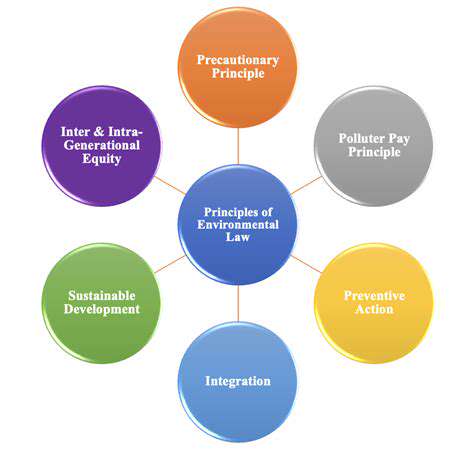- Robotic capture systems: Using articulated arms or specialized grippers to physically secure debris
- Drag augmentation devices: Deploying sails or balloons to accelerate atmospheric reentry
- Laser systems: Ground- or space-based beams to nudge objects into safer orbits
- Harpoon and net concepts: Simple mechanical solutions for capturing irregularly shaped debris
While all show promise, the key challenge lies in developing systems that can remove debris cost-effectively at the necessary scale - current estimates suggest we need to remove 5-10 large objects annually to stabilize the debris population.
International Collaboration and Policy
Space debris knows no national boundaries, making international cooperation essential. The Inter-Agency Space Debris Coordination Committee (IADC) has established voluntary guidelines, but binding international agreements remain elusive. The 1967 Outer Space Treaty provides a legal foundation, but its provisions regarding debris mitigation require modernization for today's orbital environment.
Emerging challenges include establishing liability frameworks for active debris removal missions and creating standards for spacecraft end-of-life disposal. With commercial entities now operating thousands of satellites, the international community must develop mechanisms to ensure compliance across all spacefaring nations and private companies.
Economic Incentives and the Need for Innovation
The economic case for debris removal grows stronger as satellite-dependent industries expand. A single collision disabling critical communication or GPS satellites could cost billions in lost services. Insurance companies now factor debris collision risks into their premiums, creating financial motivation for mitigation solutions.
This economic pressure is driving private sector investment in debris removal technologies. Startups are developing innovative solutions ranging from space tugs to debris monitoring networks, creating a new commercial space sector focused on orbital sustainability. Governments can accelerate this trend through prize competitions, tax incentives, and public-private partnerships.
The Long-Term Implications for Space Exploration
Beyond threatening operational satellites, orbital debris creates hazards for human spaceflight. The International Space Station regularly performs avoidance maneuvers, and future lunar or Mars missions will need to transit through debris-filled regions. Unchecked debris growth could literally trap humanity on Earth by making certain orbital trajectories too dangerous to traverse.
The window for effective action is closing - within a decade, the debris population may reach a tipping point where collisions become self-sustaining. This makes current investments in removal technologies crucial not just for protecting existing assets, but for preserving humanity's future in space.
Current Approaches to Debris Mitigation
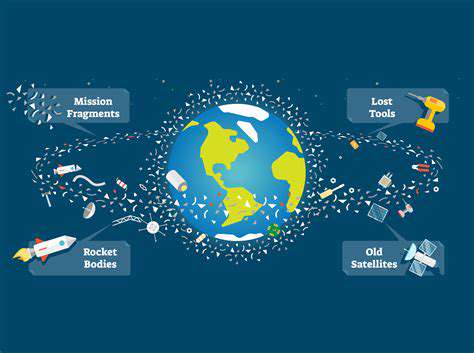
Current Strategies for Space Debris Removal
Modern debris removal strategies combine both technological innovation and operational best practices. Active Debris Removal (ADR) missions represent the most direct approach, physically capturing and deorbiting hazardous objects. The European Space Agency's ClearSpace-1 mission, scheduled for 2026, will demonstrate this technique by capturing a Vega rocket adapter using robotic arms.
Complementing these active measures are improved tracking systems. The U.S. Space Surveillance Network now monitors over 27,000 pieces of debris, while commercial providers like LeoLabs offer collision avoidance services. This combination of removal and tracking forms a comprehensive defense against the growing debris threat.
Passive Debris Mitigation Techniques
Prevention remains the most cost-effective debris reduction strategy. Modern satellites incorporate several design features to minimize post-mission risks:
- Fuel reserves for controlled reentry
- Deployable drag devices to accelerate orbital decay
- Securement systems to prevent component separation
International guidelines now require operators to remove satellites from crowded orbits within 25 years of mission completion. While compliance remains inconsistent, these standards represent important progress in changing operational norms.
International Collaboration and Policy
The complex legal landscape of space debris requires multilateral solutions. The United Nations Committee on the Peaceful Uses of Outer Space (COPUOS) has developed debris mitigation guidelines, but enforcement mechanisms remain weak. Recent proposals suggest tying launch licenses to debris mitigation plans, creating financial deposits that would fund future cleanup if operators fail to properly dispose of their spacecraft.
Technological Advancements in Debris Tracking and Monitoring
Next-generation tracking systems combine ground-based radars with space-based sensors to improve debris catalog accuracy. Machine learning algorithms now predict collision probabilities days in advance, allowing more efficient avoidance maneuvers. The introduction of commercial space surveillance networks has dramatically increased situational awareness for satellite operators.
Economic and Societal Impacts of Space Debris
The financial consequences of debris collisions extend far beyond satellite replacement costs. Disruptions to GPS services could impact everything from banking systems to precision agriculture. A 2022 study estimated that a 10% increase in collision risk could cost the global economy over $1 billion annually in mitigation expenses alone.
This economic reality is driving investment in debris mitigation technologies, with the global space sustainability market projected to exceed $3 billion by 2030. The challenge lies in aligning these economic incentives with the most effective technical solutions.
Active Debris Removal: A Necessary Step Forward
Understanding the Growing Threat
The debris situation has reached a critical juncture where passive measures alone cannot prevent continued accumulation. Current models show that even with 100% compliance with mitigation guidelines, the debris population will continue growing due to random collisions between existing objects. This makes active removal not just desirable, but essential for maintaining space accessibility.
The Kessler Syndrome isn't theoretical anymore - we're seeing its early stages in heavily congested orbits. At certain altitudes, the debris population has reached densities where collisions will occur regardless of mitigation efforts, creating a self-sustaining cascade of fragments.
Technological Advancements Driving ADR
Recent breakthroughs in several key areas are making ADR more feasible:
- Autonomous rendezvous systems: Enable precise approach to tumbling debris objects
- Advanced grappling mechanisms: Can capture irregularly shaped rocket bodies
- Electric propulsion: Allows extended mission durations for multiple debris removals
The RemoveDEBRIS mission successfully tested net capture and harpoon technologies in 2018-2019, while upcoming missions will demonstrate more sophisticated robotic capture systems. These technological demonstrations are building the toolkit needed for operational debris removal systems.
Mission Design and Operational Considerations
Effective ADR requires carefully planned campaigns prioritizing the most dangerous objects. Current efforts focus on:
- Large rocket bodies in crowded orbits
- Defunct satellites with high collision probabilities
- Objects with high mass-to-area ratios that persist longest in orbit
Mission planners must balance removal effectiveness with cost, often favoring targets that pose the greatest risk relative to the difficulty of removal. This risk-based approach maximizes the impact of limited removal resources.
Environmental Impact and Sustainability
Ironically, debris removal operations must themselves avoid creating additional debris. This requires:
- Minimizing shedding during capture operations
- Ensuring complete reentry of removed objects
- Avoiding fuel residues that could explode
Life cycle assessments help ensure removal missions don't inadvertently worsen the problem they aim to solve. Future systems may incorporate recycled debris materials to create a circular economy in space.
International Collaboration and Regulatory Frameworks
The legal complexities of ADR require new international agreements addressing:
- Ownership rights over defunct objects
- Liability for removal operations
- Standards for removal technologies
The 2022 Artemis Accords include debris mitigation provisions, suggesting growing recognition of the need for updated space governance. However, comprehensive debris removal agreements remain a work in progress, requiring delicate diplomacy between spacefaring nations.
Challenges and Future Directions of Space Debris Removal
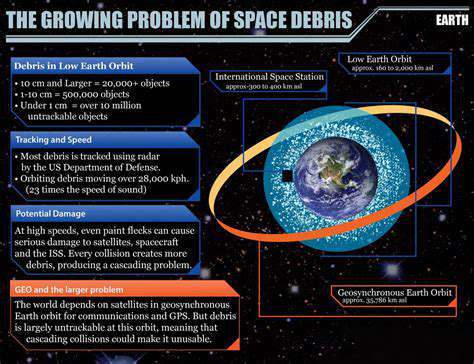
Overcoming Technological Limitations
The technical hurdles for effective debris removal remain substantial. Key challenges include:
- Capturing non-cooperative, tumbling objects
- Scaling removal rates to match debris generation
- Developing cost-effective propulsion for multiple target removals
Breakthroughs in machine vision and robotic control are helping address the capture challenge, while modular designs aim to improve cost efficiency. The next decade should see transition from technology demonstrations to operational removal systems.
Addressing Ethical Considerations
Debris removal raises important ethical questions:
- Who decides which objects to remove first?
- How to balance commercial and national security interests?
- What constitutes responsible removal versus weaponization?
Transparent decision-making processes and international oversight will be crucial to maintain trust in debris removal activities. Civil society organizations are increasingly engaged in these discussions to ensure broad representation.
Funding and Resource Allocation
The economics of debris removal present a classic tragedy of the commons problem. Potential funding models include:
- International cleanup funds financed by launch fees
- Public-private partnerships
- Insurance industry investments
The World Economic Forum's Space Sustainability Rating represents an innovative market-based approach to incentivize responsible behavior. Such mechanisms may help align economic incentives with environmental needs.
Collaboration and Knowledge Sharing
The global nature of the debris problem demands unprecedented cooperation:
- Shared tracking data networks
- Joint technology development programs
- Coordinated removal campaigns
Initiatives like the Space Safety Coalition demonstrate growing recognition that collaboration benefits all space operators. The challenge lies in extending this cooperation to all spacefaring entities.
Maintaining Public Trust and Understanding
Public engagement is essential for sustaining long-term debris mitigation efforts. Effective communication should highlight:
- The connection between debris and everyday services
- Success stories in debris avoidance
- Clear explanations of technical solutions
Citizen science projects tracking debris and educational initiatives can build public support for necessary investments in space sustainability. This grassroots engagement may prove crucial in maintaining political will for long-term solutions.




